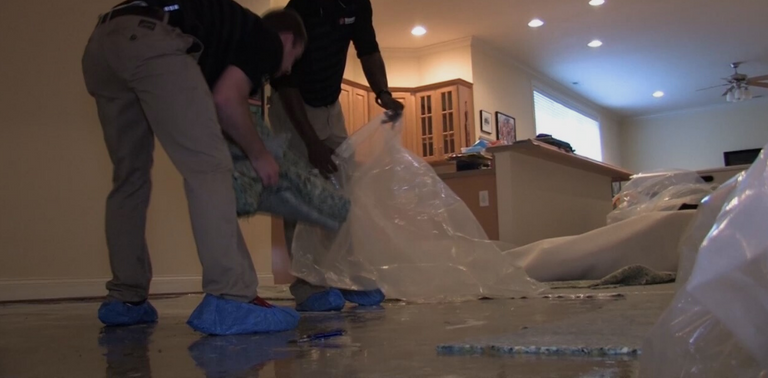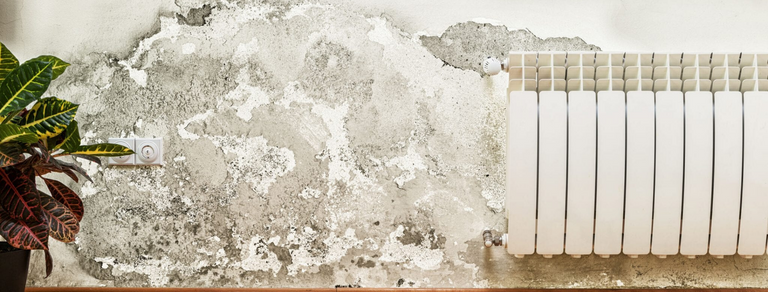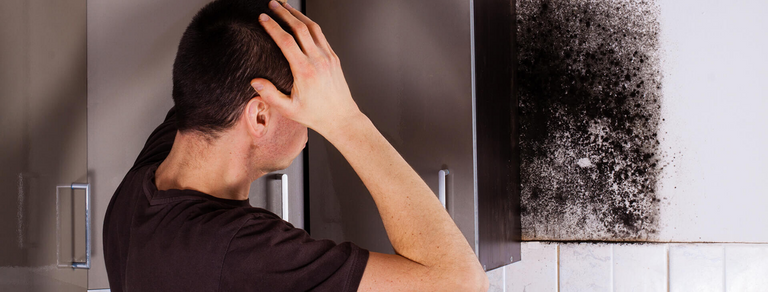
How to Clean Your Home After Water Damage
When water finds itself in places that it is not supposed to reach, it can be an agent of destruction. It will wreck your property and put the integrity of the entire house at risk if not properly dealt with.
A quick and effective reaction to flooding or other water damage can significantly reduce the extent of the destruction.
Floodwater should always be taken seriously. It doesn’t matter if your basement has only an inch of water in it, because it could become an excellent breeding ground for mold.

Apart from damaging your walls, furniture, carpets, and flooring, mold growth can also cause poor indoor air quality and sometimes respiratory problems such as asthma. It can also cause several severe illnesses.
Checking for mold in and around your property is an excellent way of making sure that there is clean and healthy air in your surroundings.
Below are a few steps to take to minimize wreckage when faced with a flooded basement:
- Immediately turn off the power in your house, and unplug and remove any electronics, furniture and other items not nailed to the floor.
You are more likely to salvage property when you get it to safety as soon as possible. If you can, try and remove all electrical appliances first, and shut off the power supply to the affected areas to avoid potentially hazardous situations involving electrical outlets submerged in water.
Remove the carpets (wall-to-wall and area rugs) and under-padding. Make sure you get them cleaned and disinfected. Under-padding is much harder to save because it absorbs water like a sponge.
- Get rid of the water.
If the use of power is not a viable option in the situation, you should manually remove the water using towels, buckets, and mops. Getting rid of all the water and drying out your property is the most important aspect of preventing mold growth. As long as the sewers in your neighborhood aren’t backed up, you can discard the water down the drain. If they are, throw the water on your lawn or another porous surface.

A wet/dry vacuum will be helpful, as well, but you should take care to plug it into outlets out of the reach of the water. Avoid extension cords, as the circuit could short out and shock you or someone else. If the flood in your basement or other area is overwhelming and there is power, consider renting a sump pump from a local rental or hardware store.
- Dry out the affected area.
After the water removal is complete, use fans and a dehumidifier to hasten the drying process.
If it is not raining, open the windows to allow for air circulation and quicker drying. You want to dry the area out as soon as possible.
If there is wet drywall, consider cutting out the affected areas so that it does not crumble. Paper backing is a breeding ground for mold.
If you have baseboard trim, take it out first. If it’s made out of pressboard, it might not be salvageable. If it is made out of wood, there is a chance that it may be.
- Disinfect everything you can.
After drying out everything, including the wood beams, insulation, and drywall, apply a good disinfectant to eliminate any bacteria that might have found its way up through the sewers, toilets, etc.
Disinfect all the places affected by the floodwater, including the walls, wood and non-upholstered furniture that sat in floodwater.
- Stop mold growth.
After disinfecting the area, allow it to thoroughly dry out. Apply Concrobium Mold Control to all affected areas. The product is non-toxic, made from distilled water and inorganic salts. It can be applied to furniture, walls, floors, and anything that mold can grow on. Once a thin layer of Concrobium Mold Control is applied, let it dry overnight.

As Concrobium dries, it forms a thin layer covering any mold that may be growing and then crushes the spores from the roots. Its application prevents mold from growing and maintains resistance. If you are spraying an entire room, consider renting a mister from a hardware store for maximum efficiency and ease.
- Dispose of damaged items responsibly.
Don’t end up throwing everything into the dumpster. Consider organizing the damaged items and taking them to recycling centers. This will go a long way towards easing the pressure on your local landfill site.
Visit your city’s or town’s waste management website to find out where to recycle old paints, stains, adhesives and other toxic liquids, any broken electronic appliances like cell phones, TVs and computers, furniture, and even drywall. You can also look through Earth 911 to find recycling centers close to you.